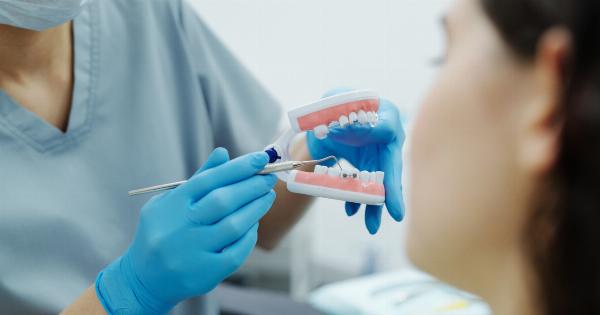Braces can be a significant adjustment for any child. They can feel uncomfortable and may also affect the child’s confidence.
However, with a little preparation and the right attitude, your child will be able to transition to braces and school without it becoming a major obstacle.
1. Talk to Your Child
The first step is to have an honest discussion with your child about the fact that they need braces. Explain the importance of orthodontic treatment and how it will help them have a healthier smile later in life.
It is also essential to discuss what to expect during the treatment, how long it will take, and how they will feel when they first get the braces. Allow your child to ask questions and concerns so that you can provide the necessary answers and reassure them.
2. Choose the Right Time
One of the significant concerns for children getting braces is the actual time when they get them.
For instance, getting braces right before the school starts may make the child uneasy around their peers, while getting them during a break may feel like a more comfortable transition period. Pick a time that works best for your child, but don’t delay the treatment too long because it can affect the progress of orthodontic treatment.
3. Explain How to Care for Braces
It’s essential to provide your child with a clear list of foods to avoid and explain how to care for the braces properly. This will include foods that are sticky, such as gum, caramel, and other candies.
Additionally, teach your child about proper brushing and flossing techniques to keep their teeth clean, since orthodontic devices can make cleaning their teeth more challenging.
4. Make Adjustments to Their Diet
As mentioned above, there are many foods that your child should avoid while using braces. It is best to make adjustments to their diet before they get the braces to make it easier for them to transition.
You can add more nutritious foods and more filling food options such as soups and soft foods that they can eat comfortably while wearing braces.
5. Get Regular Dental Check-Ups
Regular dental check-ups are critical when a child has braces. It helps the dentist to evaluate how the braces are progressing, catch any issues early on, and adjust them as needed.
It is also essential to schedule regular dental cleanings to help keep your child’s teeth healthy and free of plaque buildup.
6. Focus on the Positive
Braces are an investment in your child’s future and can be life-transforming in many ways. Reinforce the significance of the braces routinely and focus on the positive outcomes that the braces will provide.
Emphasize how healthy teeth can mean improved self-esteem, confidence, and a better smile. This can help boost your child’s morale and make the transition more manageable.
7. Talk to the School
It’s important to inform the school that your child has braces so that the teachers and staff can help monitor their dental needs and provide the necessary support.
You can also request that your child’s school give them a break to properly brush their teeth and help them feel comfortable in public by providing further support.
8. Get Your Child a Mouthguard
Suppose your child is into sports or physical activities that involve contact. In that case, you should consider getting them a mouthguard that will protect their teeth and braces from any impact.
This will help prevent damage to the braces and ensure that they remain secured, which can prevent additional orthodontic treatment in the future.
9. Encourage Good Oral Habits
Encourage your child to develop good oral habits outside of caring for the braces. This should include regular brushing of their teeth, avoiding sugary and acidic foods and drinks, and flossing daily.
Reinforcing good oral habits can help keep your child’s teeth healthy during and after the orthodontic treatment.
10. Support Them Emotionally
Finally, it’s essential to support your child emotionally during this time. Let them know that they have your full support and that you are there to help them through any difficulties they may face.
Listen to their concerns about the treatment and provide genuine and empathetic responses that will help them feel better.



























